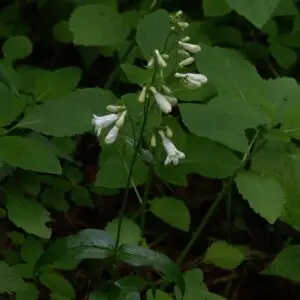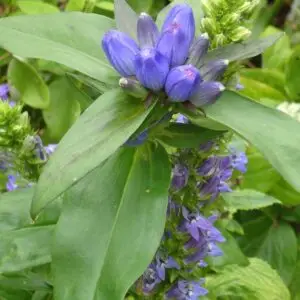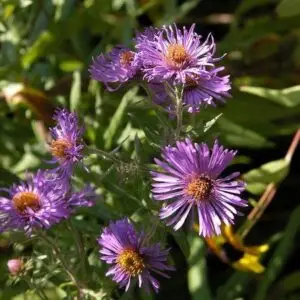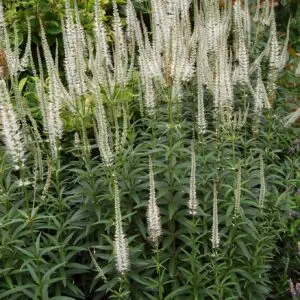| Size | 4" Pots for Preorder Only, Trade Gallons, Two Gallons, Three Gallons |
|---|
Heliopsis helianthoides – False Sunflower (B&B.DR.DR.DRGHT.H.M.MTH.NB.OP.SHWY)
$15.00
Ecosystem Services:
(B)-Birds (B&B)-Birds & Butterflies
(BTF)-Butterflies (BW)-Black Walnut Resistant
(DR)-Deer Resistant (DRGHT)-Drought Resistant
(EC)-Erosion Control (EVR)-Evergreen
(FC)-Fall Color (FRG)-Fragrant
(GRD)-Groundcover (H)-Host plant
(HMR)-Hummingbirds (M)-Mammals
(MTH)-Moths (N)-Nectar
(NB)-Native Bees (NST)-Nesting Material
(OP)-Other pollinators (RR)-Rabbit Resistant
(SHWY)-Showy (SPC)-Specimen Plant
False Sunflower can be found throughout the United States in moist soils along streams, ponds, in swamps, and wetlands. It can be cultivated in average to rich soils, needing moist to wet conditions. It should be cut back in early summer to encourage branching and increase flowers.
Heliopsis helianthoides is similar to Helianthus, the true sunflower. It is an easy to grow plant that flourishes in moist to dry, open woodlands, prairies, and fields. It tolerates a wide range of soil conditions, including poor soil but does best in moist, well-drained soil in full sun.
False Sunflower leaves, flowers, and seeds are poisonous to humans if eaten in large quantities, causing gastric and intestinal irritation, which can become fatal.
Host plant for several butterfly and moth species, including the Dainty Sulphur butterfly and the Rigid Sunflower Borer moth.





